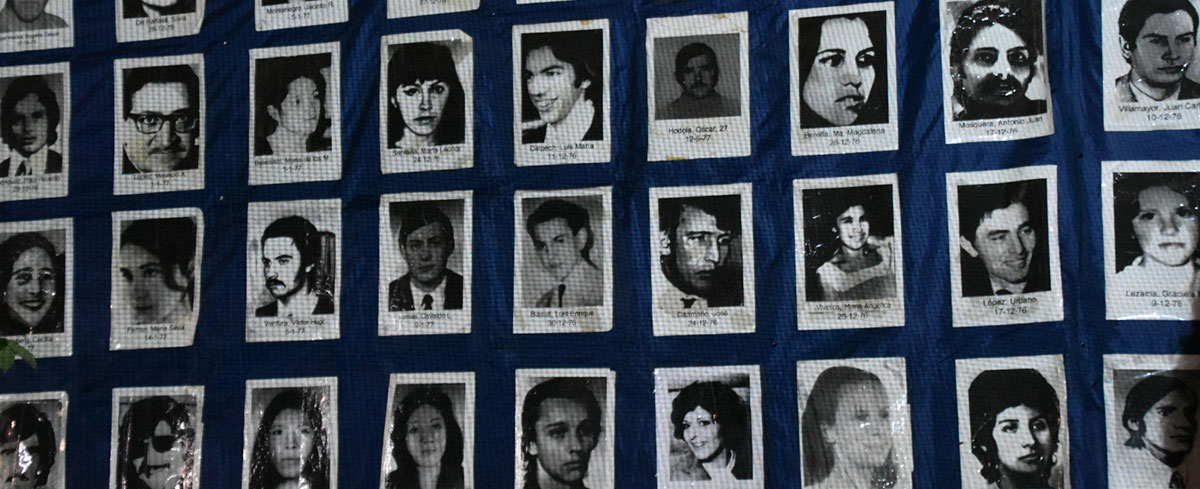The 20th century was a time plagued by wars, death, dictatorships and tragedy. Buenos Aires did not escape this history and suffered dramatic events, the memory of which invites us to reflect on the type of society we want to build in our city.
The sites listed below contain the symbols and imprints of a tragic past and force us to look forwards as an open, plural and democratic society with a living memory. Buenos Aires has carried out much work to reconstruct sites associated with the memory of traumatic times, incorporating them into the urban canvas like few other cities.
Espacio Memoria - the former ESMA
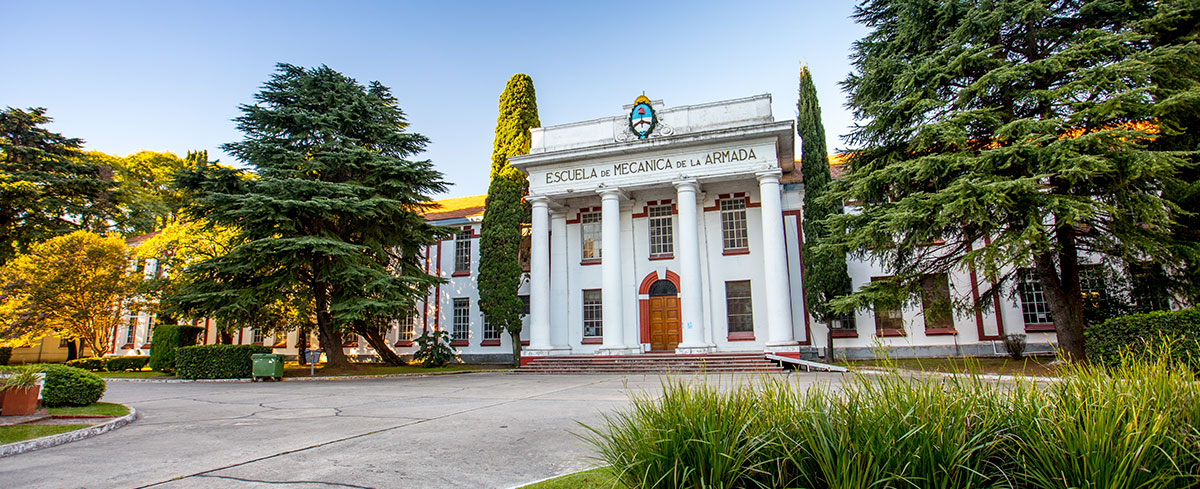
As the former army mechanics school, Escuela de Mecánica de la Armada (ESMA), this site was one of the main centres used clandestinely for detention, torture and killing during Argentina’s last military dictatorship (1976 - 1983). Thousands of people were tortured and killed here and their remains in most cases were never found. From here arose the concept of the “disappeared” in Argentina’s political and social history.
It is estimated that around 5,000 people were illegally detained and disappeared. The centre also ran a clandestine maternity facility in which at least 34 babies were born, the majority of whom were then taken by military repressors.
The site has been transformed into the Space for Remembrance and the Promotion and Defence of Human Rights, which is considered an international reference point for policy on remembrance, democracy, education and human rights.
Address: Av. del Libertador 8151
Olimpo
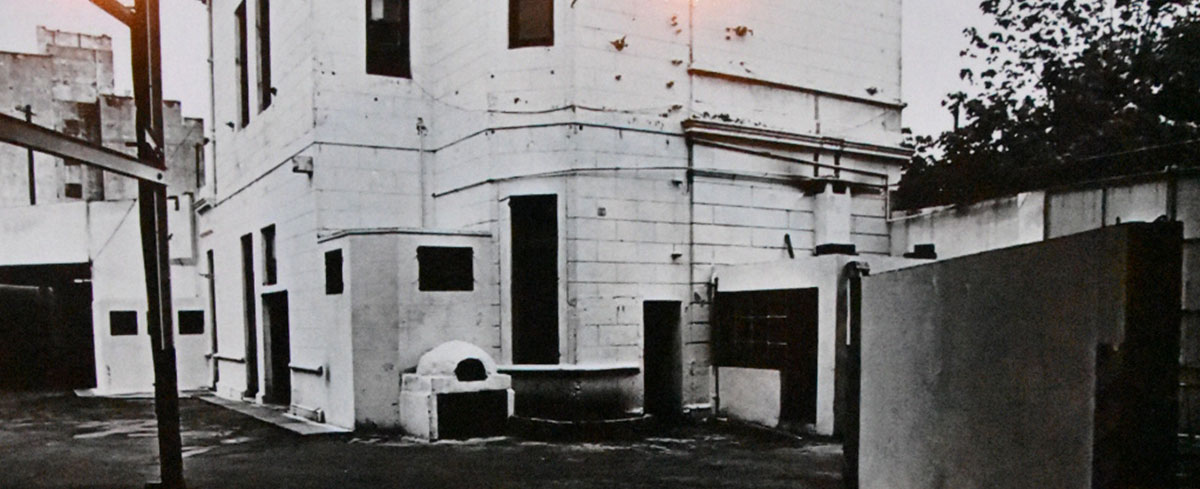
This clandestine detention, torture and death camp functioned from August 16 1978 until the end of January 1979 on a site belonging to the Federal Police automobile division. It is estimated that around 500 political activists from diverse organisations were detained here, and many of them remain unaccounted for. In 2003, the City Legislature declared this a historic site.
Address: Ramón Falcón 4250
Automotores Orletti
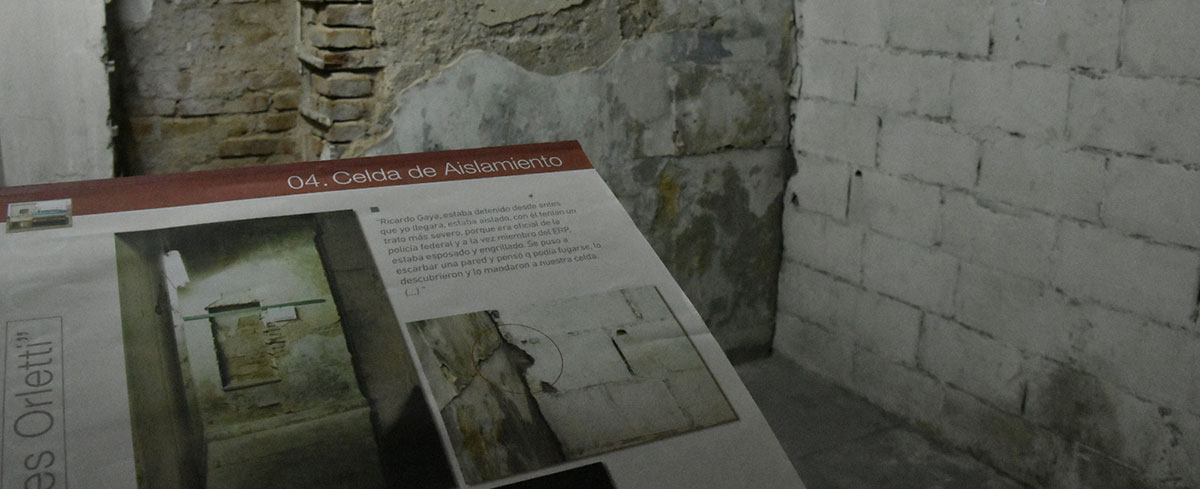
Known as “El Jardín” (“the garden”) by the repressors, this site functioned between May and November 1976 under the control of the Argentine secret services, Secretaría de Inteligencia del Estado (SIDE). It is estimated that 300 people were kidnapped and detained here, the majority of whom remain disappeared.
Address: Venancio Flores 3519
Virrey Cevallos

This centre functioned throughout the 1976 - 1983 civil-military dictatorship and was run by the Argentine Air Force’s intelligence services, though according to the statements of survivors, members of the Army and the Federal Police also operated here.
Address: Virrey Cevallos 628
Club Atlético

Between February and December 1977, a clandestine centre functioned in the basement of what was then the Federal Police supply service and workshop. It has been calculated that more than 1,500 people were kidnapped and tortured here and many of them remain unfound. In 1978, the former building was demolished to make way for the 25 de Mayo motorway. In 2005, the City Legislature declared the area covering the archeological remains of Club Atlético to be a historic site.
Address: Av. Paseo Colón between Cochabamba and Av. San Juan
Parque de la Memoria - Monument to the Victims of State Terrorism
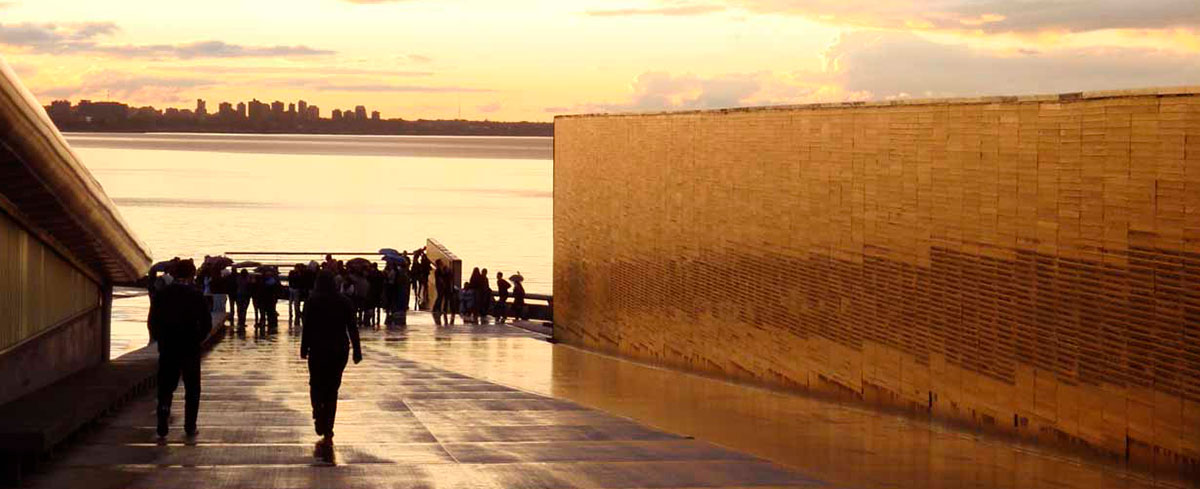
Created in 1998 on the shore of the Río de la Plata, this memorial park is a 14-hectare space that includes a monument bearing the names of those disappeared and killed by the repressive action of the state in the period between 1969 and 1983. It is also a space with contemporary art installations through which well-known local and international artists have imbued the site with an intense reflective capacity. The site often visited by world leaders when they come to Argentina as a form of tribute to the many victims who were thrown sedated into the river in so-called “death flights”.
Address: Avenida Rafael Obligado 6745 (beside Ciudad Universitaria)
Remembrance paving stones

The group Barrios por la Memoria y la Justicia (Neighbourhoods for Memory and Justice) place paving stones in locations where people were kidnapped during the last military dictatorship. They can be found in neighbourhoods all over the city, leaving memories woven into the urban canvas in locations that people pass by every day. There are more than 1,500 such paving stones, or baldosas in the city. The first was inaugurated in front of Santa Cruz Church in memory of Azucena Villaflor, Esther Ballestrino de Careaga, María Ponce de Blanco and the French nuns Alice Domon and Leonie Duquet.
Plaza de Mayo
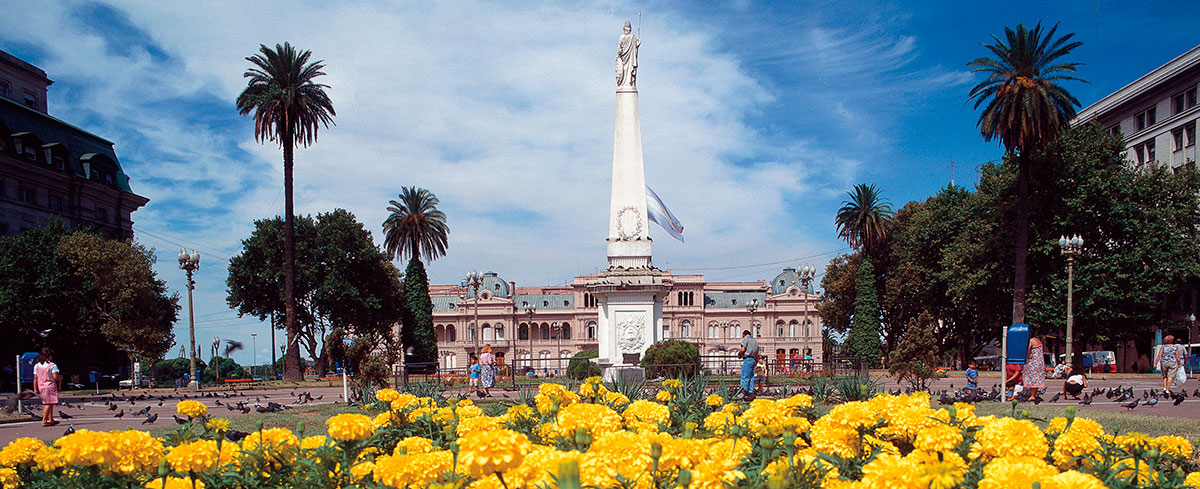
Located in the very heart of the city in front of the Casa Rosada (the pink national government headquarters), Plaza de Mayo is the city’s oldest and best known square and has been the focal point for political demonstrations since the 1940s. It is the place which hosts the biggest protests, marches and mass celebrations in the city.
During the last civil-military dictatorship, the Madres de Plaza de Mayo (Mothers of the Plaza de Mayo) would march in circles around the pyramid located in the centre of the square to demand the apparition of their children. The Mothers’ symbol, a white headscarf, can be seen painted on the floor around the pyramid, and the Mothers continue to meet to demand truth and justice every Thursday at 3.30pm.

